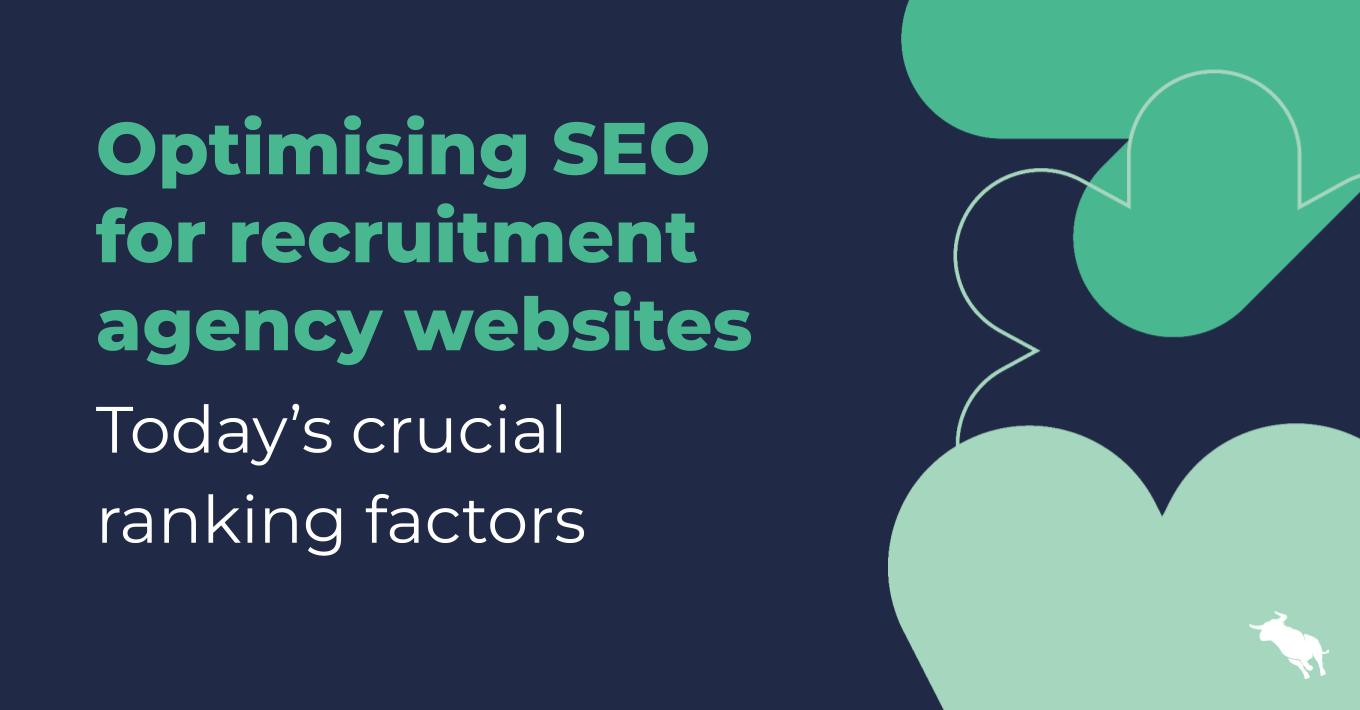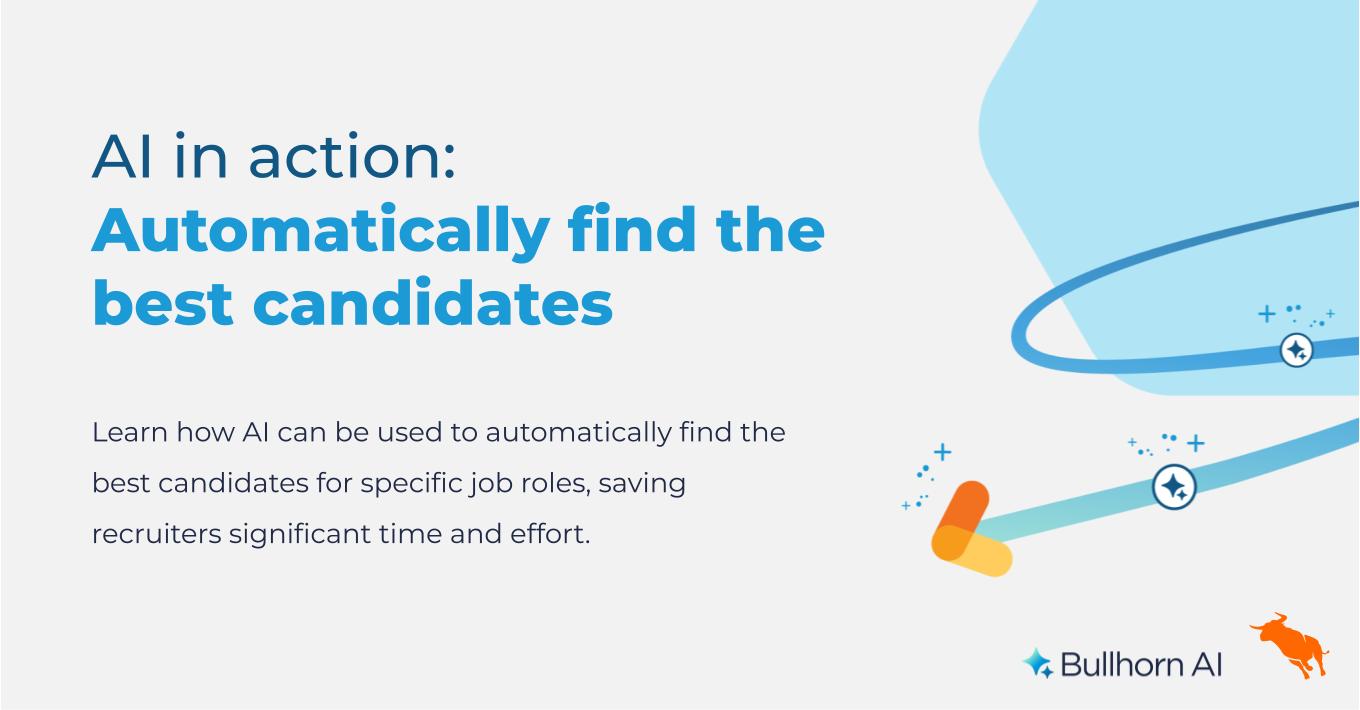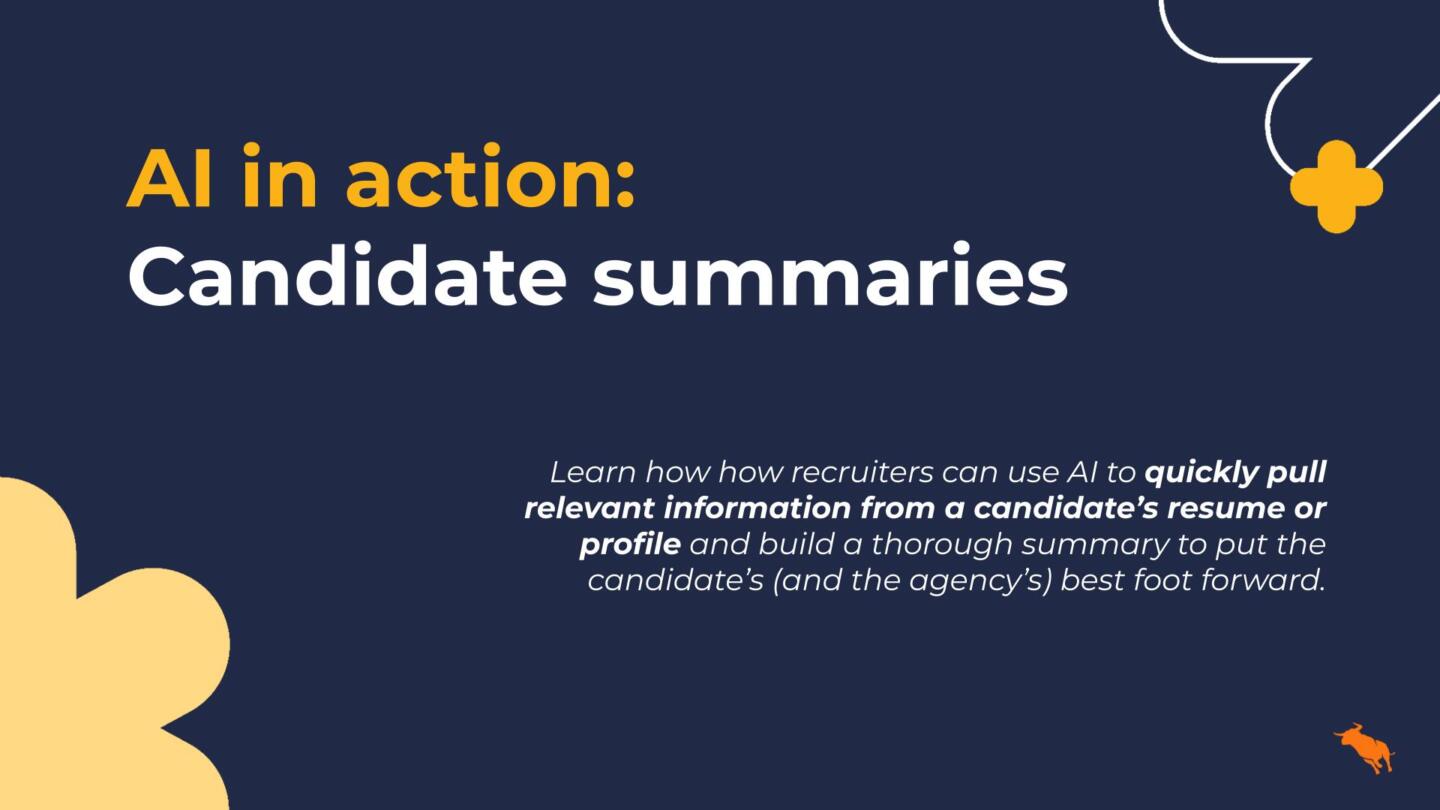Top 5 Applicant Tracking System Mistakes: Parts 2 & 3
If you missed last week’s post, we kicked off a new 5-part blog series entitled, “Top 5 Applicant Tracking System Mistakes.” The series, written by one of Bullhorn’s senior sales engineers, discusses the five most common ways recruiters use the ATS ineffectively. Part 1 – “Failure to Adopt” – covered software adoption and how it can affect the bottom line.
Moving on to parts two and three, Jason Jakes discusses two more of the most common mistakes recruiters make in the ATS, starting with the poor use of social media:
2. Poor Use of Social Media:
Social Media gets a lot of buzz in the recruitment industry with some people foreseeing the demise of traditional job boards because if it. Whether you believe that or not, it’s an analytical fact that social media has helped 1 in 6 people find new jobs today.
While the majority of recruiters have not immersed themselves in social media strategies, some applicant tracking systems have functionality built right into them to ease the manual process that most people associate with social media. In the case of Bullhorn, jobs can be posted right from within the job order record to LinkedIn, Twitter and Facebook while scheduling the post and setting intervals for re-posts.
How to Avoid:
The following activities are key to using social media successfully:
- Make a time commitment – dedicate time to educating yourself on social media if you are jumping into it for the first time. This might be as simple as going through a tutorial or watching a YouTube video.
- Don’t spam all of your connections – target your posts towards niche groups instead of sending continuous posts to your whole network.
- Do a little research and understand the most trafficked time of social media. This will allow you to schedule your posts to go out during those times so the items don’t get buried under other updates/posts.
- Engage your audience – post interesting/educational articles that people will read and pass along to their connections rather than just posting jobs. Social media is not an advertising channel; it is a relationship building tool.
3. Default Method for Sourcing
As a human, it’s in our nature to repeat a process if we know it works rather than trying a new process that’s out of our comfort zone. Recruiters have to be careful not to get lulled into complacency when sourcing. If a particular source is used successfully a number of times, it’s likely that this will be the first and potentially only avenue used moving forward.
This comfort zone issue is potentially very expensive in two ways: First, the more common way is recruiters end up using some sort of job board aggregation tool provided through the applicant tracking system. This typically results in lots of resumes being pulled in and lots of money being sent out due to the number of views used. The second way is more of a long-term quality issue. If you’re only getting people from the job boards, then you’re not providing your clients with the best candidates possible, just the most convenient. After all, your clients can use the job boards to source as well, using the fancy new search technologies that the job boards now offer.
Job boards are a double-edged sword; on one side pretty much everyone on them is available which makes them good candidates; however, on the flip side the star candidates you really want are people who have never looked for a job – they have been “pulled away”. This means they’ll never be on a job board and you’ll need to approach and engage them another way.
How to Avoid:
Live up to your job title and recruit! Use all resources available (yes, even if they’re out of your comfort zone) to find the best candidates possible for your clients including:
- Internal ATS database – the cheapest and best way to find many of the best qualified candidates.
- Social media – a great way to reach people that might not be actively looking for a new job.
- Referrals – don’t be afraid to data mine those references of the past in your ATS to find the right title at the right company.
Check back for Parts 4 & 5 of the new Bullhorn blog series, discussing more common mistakes recruiters make in the ATS.




